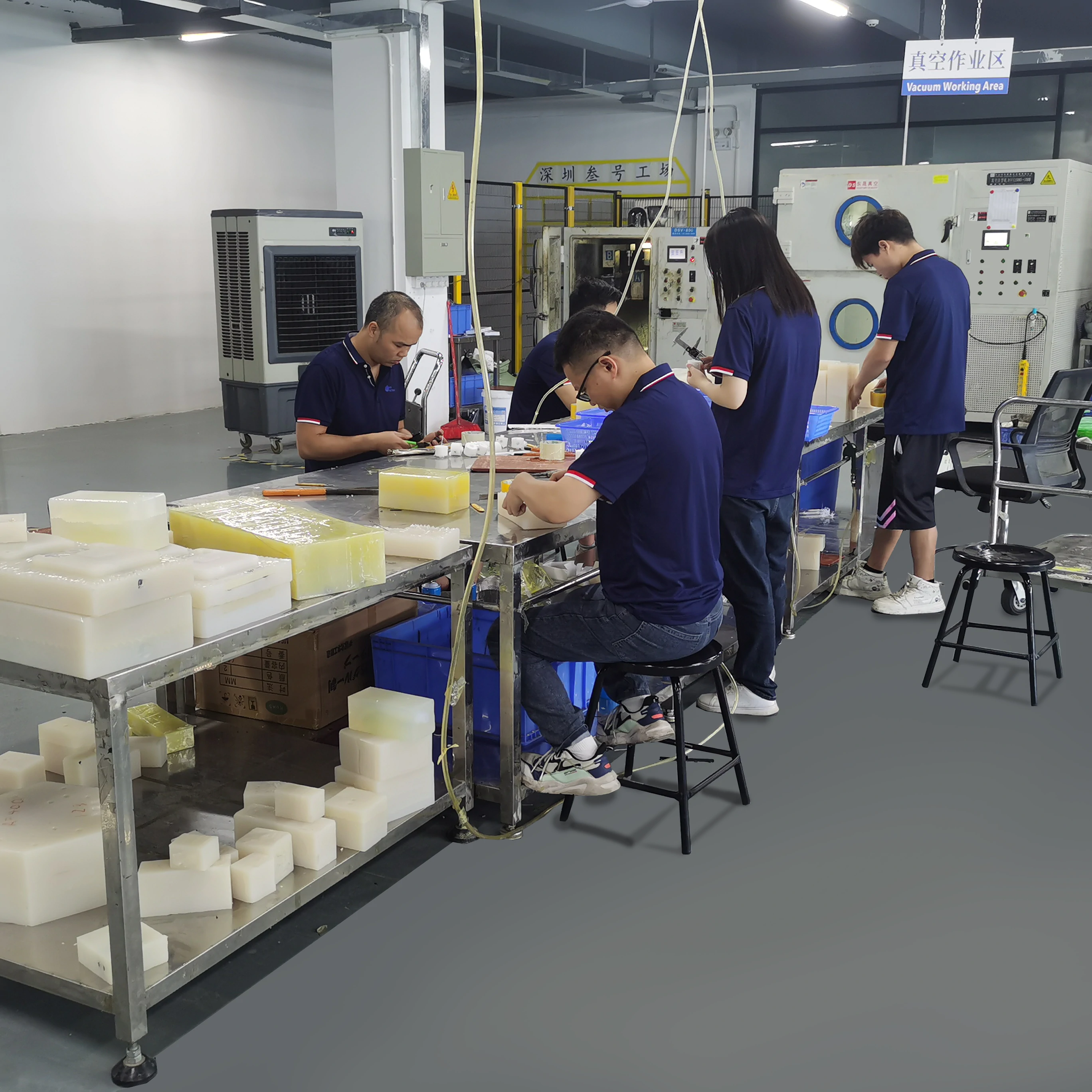Time to read: 6 min

Abstract:
This article delves into the innovative technique of vacuum casting, renowned for its efficiency and speed in the realm of plastic part manufacturing. Particularly suited for small-batch production and rapid prototyping, vacuum casting allows manufacturers to conduct market tests before engaging in full-scale production. We will explore the intricacies of this technology, including its workflow, materials used, design guidelines, applications across various industries, as well as its strengths and limitations.
Body:
An Overview of Vacuum Casting Technology
Vacuum casting is a soft molding technique that utilizes silicone molds for casting polyurethane plastics and elastomers. This method stands out for its casting process conducted within a vacuum chamber, which eliminates the risk of air bubbles and ensures the accuracy and flawlessness of the final product. Compared to traditional metal mold casting, silicone mold fabrication is faster, less expensive, and has a shorter production cycle, making it a preferred method for rapid prototyping.
A Detailed Look at the Vacuum Casting Process
The essence of vacuum casting lies in the creation and use of silicone molds. Here are the detailed steps:
- Master Model Creation: Begin by preparing an accurate master model, which can be designed using CAD software and brought to life through CNC machining or 3D printing.
- Silicone Mold Making: Place the master model in a casting box, pour liquid silicone, and cure it in a preheated oven at 40℃ for 10 to 16 hours.
- Part Casting Under Vacuum: Pour polyurethane into the silicone mold, create a vacuum to remove air bubbles, and ensure the resin evenly covers every part of the mold.
Materials Used in Vacuum Casting
Vacuum casting is primarily suitable for polyurethane resins and elastomers, including ABS-like resins, glass-filled nylon-like materials, thermoplastic elastomers (TPE), PC-like materials, clear resins, and high-impact resins. These materials possess various characteristics and hardness levels, making them suitable for a wide range of applications.
Design Guidelines
When designing vacuum casting products, consider tolerances, wall thickness, ribs, bosses, undercuts, and embossed details to ensure the structural integrity and quality of appearance.
Applications of Vacuum Casting in Various Industries
Vacuum casting technology is widely applied across industries such as automotive, consumer electronics, healthcare, aerospace, and food and beverage for manufacturing prototype parts, functional components, custom devices, and more.
Advantages and Limitations of Vacuum Casting
Vacuum casting offers several advantages, including high design flexibility, low tooling costs, high-quality finishes, and quick turnaround times. However, it also has limitations, such as material restrictions, size constraints, and the durability of silicone molds.
Comparing Vacuum Casting with Other Manufacturing Processes
When compared to vacuum forming, centrifugal casting, injection molding, and 3D printing, vacuum casting has its own set of advantages and suitable applications. The choice of manufacturing process depends on the specific requirements and production scale of the product.
Conclusion
Vacuum casting is a cost-effective and flexible manufacturing technique, particularly suitable for rapid prototyping and small-batch production. Choosing the right vacuum casting service provider, such as unofactory ensures that your product design concepts are realized with high-quality standards and efficiency.




